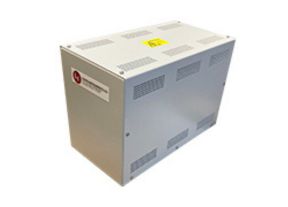105 YEARS OF EXPERT KNOWLEDGE
Claude Lyons is a global leader in designing and manufacturing advanced AC voltage control and energy-saving systems. Our acclaimed voltage regulators and stabilisers, embodying quality and innovation, set us apart.
As a global leader, Claude Lyons excels in the design and manufacturing of AC voltage control, stabilisation, power conditioning, and energy-saving systems. Transitioning to our products, you’ll find our voltage regulators and stabilisers are universally acclaimed. They represent the pinnacle of both servo-mechanical and electronic stabilisation technology, making them the finest range available in the market. This seamless blend of quality and innovation is what sets Claude Lyons apart in the industry.
Why does my business need a Voltage Stabiliser?
Our Clients




















Contact us below
inquiring about a product, wanting to understand more about what we offer? Use the contact form below.













